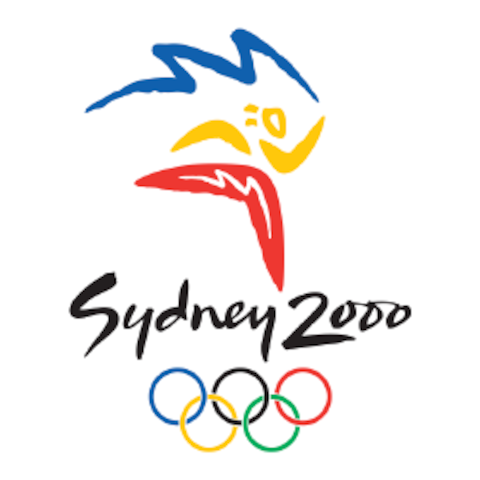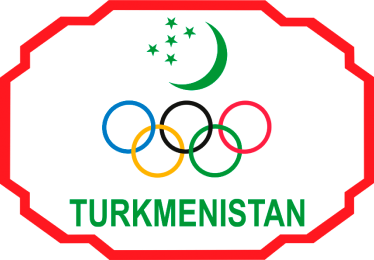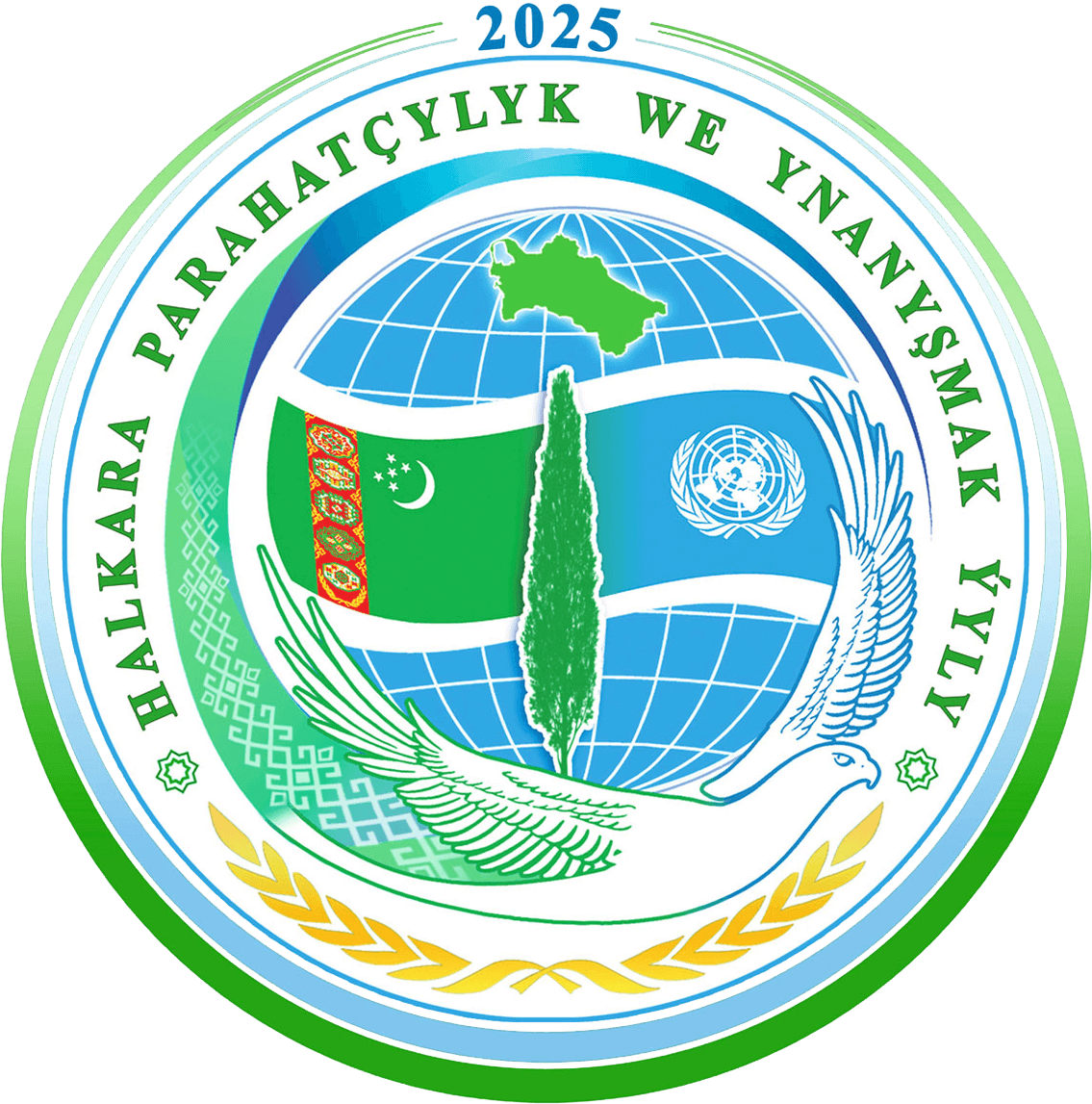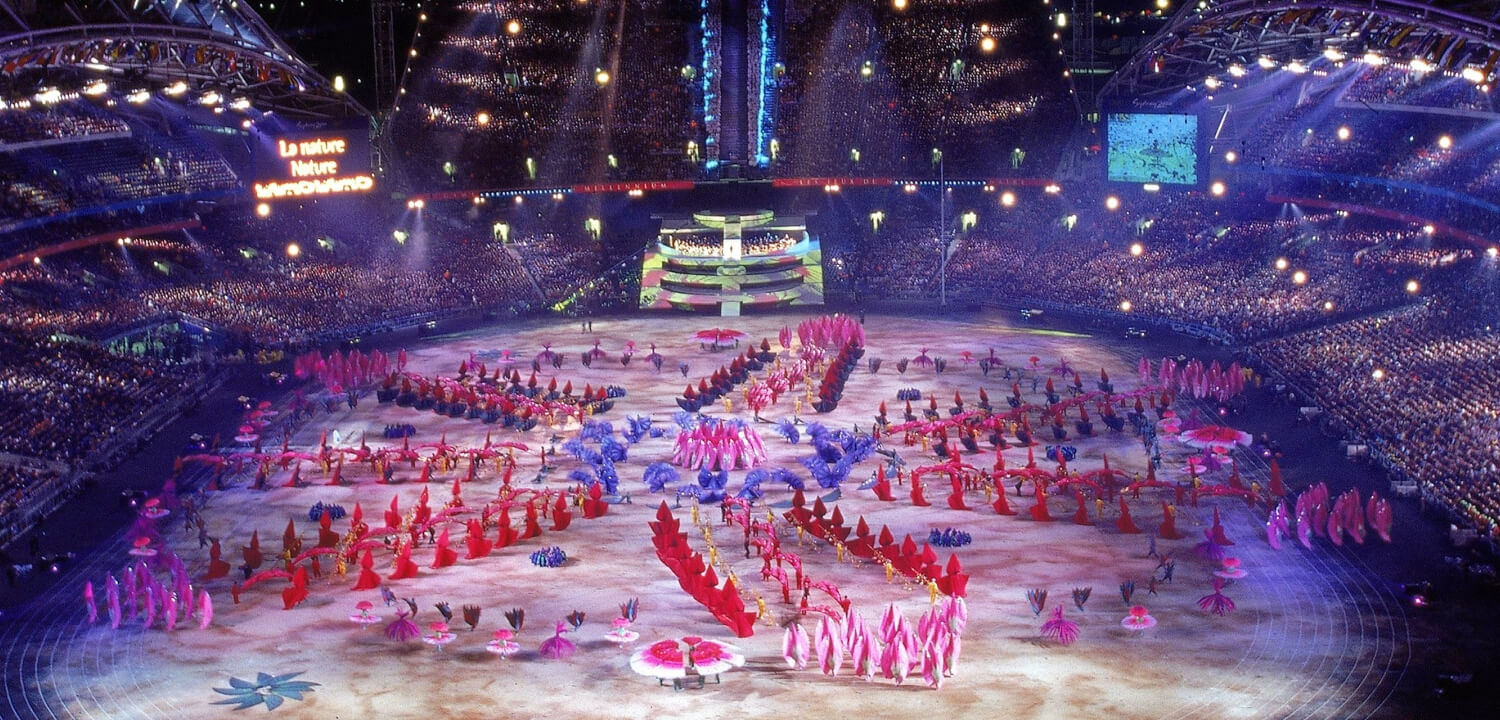Start date:
10 May 2000, Olympia (Greece)
End date:
15 September 2000, Olympic Stadium, Sydney (Australia)
First torchbearer:
Lambros Papakostas, Olympic participant in athletics (1992, 1996)
Last torchbearer:
Cathy Freeman, Olympic participant in athletics (1992, 1996, 2000), gold medallist in Sydney 2000 and silver medallist in Atlanta 1996.
Number of torchbearers:
~900 in Greece, ~1,500 in Oceania, 11,000 in Australia
Recruitment of torchbearers:
In Australia, the Community Torchbearers programme allowed the Australian general public to nominate people who were notable for their achievements or worked for the common good. Through this programme, 6,000 torchbearers were selected from among a total of over 43,000 nominations.
The rest of the torchbearers were either chosen through sponsors, media partners and the Organising Committee, or were Olympians. About 7 per cent of the torchbearers were of Aboriginal and Torres Strait Islander heritage.
Distance:
1,696 km on land and 463 nautical miles in Greece, ~17,000 km in Oceania, 27,000 km in Australia.
Countries visited:
Greece, Guam, Palau, Federated States of Micronesia, Nauru, Solomon Islands, Papua New Guinea, Vanuatu, Samoa, American Samoa, Cook Islands, Tonga, New Zealand, Australia.








